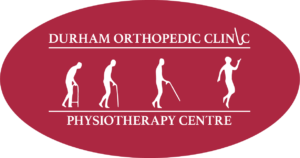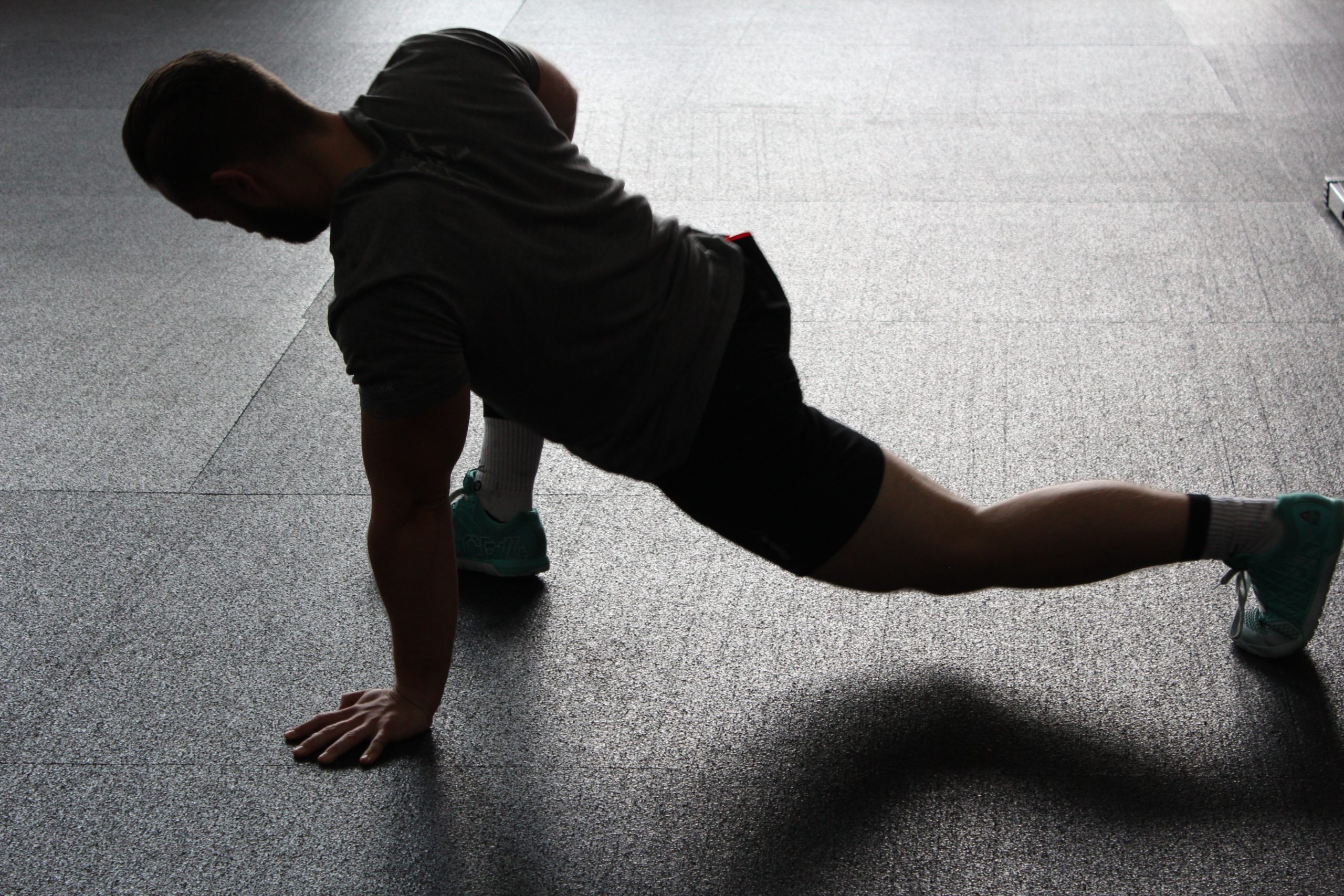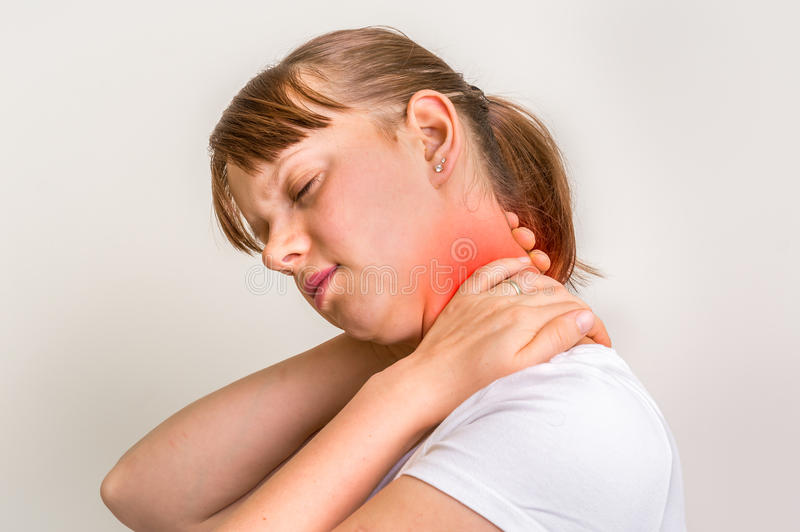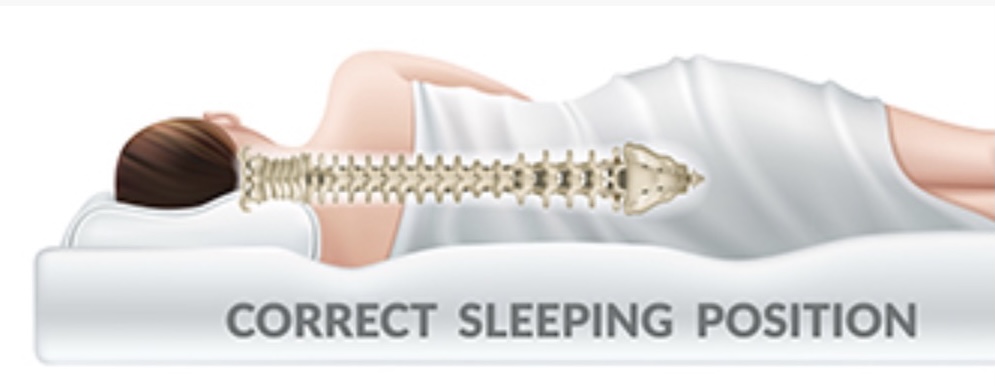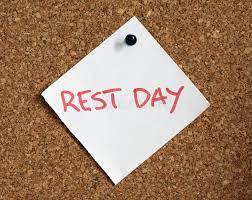Plantar Fasciitis is a fairly common ailment that causes pain and inflammation along the bottom of your foot. It frequently causes pain localized in the heel and is the most common reason for heel pain.
The plantar fascia is a band-like ligament that attaches from the heel and stretches to the toes. It supports the arch of the foot and absorbs pressure with weight bearing activiies.
The repetitive motion of pushing off with your feet can injure the plantar fascia and cause symptoms ranging from a feeling of a mild bruise on the bottom of your foot with walking to a sharp, intense pain that causes you to limp.The pain tends to be worst in the morning when you first get up or after prolonged periods of inactivity.
Symptoms
The main symptoms of Plantar Fasciitis are;
- Pain at bottom of the heel
- Pain in arch of the foot
- Swollen Heel
- Tightness in the calf muscle
- Pain that is worst in the morning or when you stand after prolonged sitting.
- Increase pain after exercise, it is not as common to have pain during exercise.
Causes
The plantar fascia is designed to absorb the stresses and strains that we continuously place on our feet. Occasionally the excess pressure we place on these tissues damages or tears them. Our body’s natural response to injury is inflammation. Damage or irritation to our plantar fascia causes heel pain due to this inflammation.
Some of the factors which may increase the risk of developing plantar fasciitis may include:
- Age. Plantar fasciitis is most common in people between 40-60 years of age.
- Certain types of exercise that place increased stress on the plantar fascia such as running, jumping or dancing can contribute to plantar fasciitis.
- Obesity. Increased weight can put extra stress on the plantar fascia.
- Occupations that keep you on your feet for prolonged periods of time may predispose you to plantar fasciitis. Teachers or factory workers who spend most of their day walking or standing have an increased incidence of plantar fasciitis.
- Altered biomechanics of the feet may contribute to heel pain, such as flat feet or very high arches
- Wearing shoes that don’t support your feet properly such as flip flops
- Tight calf muscles
Treatments
There are many different ways to treat foot pain or plantar fasciitis;
- Taking NSAIDS to help with the pain and the inflammation.
- Icing
- Putting orthotics in your shoes to support the foot and education on proper shoe wear to help the fascia heal.
- Night splint. Some find wearing a nite splint helps with the heel pain from plantar fasciitis.
- Rest. Stop doing the activities that make the pain worse, which include such activities as running or jumping.
- Roll feet with a can or frozen water bottle to stretch the fascia
- Physiotherapy. Exercises are prescribed that stretch the calf muscles and the facia and strengthen the foot muscles which make the foot more stable. Ultrasound helps decrease the inflammation and taping helps support the foot and take the pressure off the plantar fascia, allowing it to heal.
- Icing the foot
If you have been diagnosed with plantar Fasciitis call the professionals at Durham Orthopedic Sports & Injury Clinic to speak to a registered physiotherapist today.

